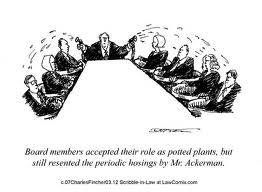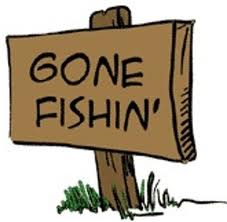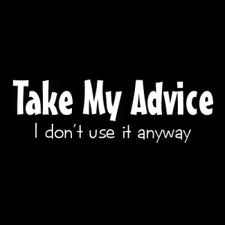 It is Tuesday, March 20th, and for those of you living in Illinois it means that Election Day has finally arrived. For me, it couldn’t have some sooner. While I am one of those strange birds who loves the act of voting, I am also really ready for all the political yard signs to come down. I guess I am just visually tired of them. Or, perhaps, I’m just getting old and cranky.
It is Tuesday, March 20th, and for those of you living in Illinois it means that Election Day has finally arrived. For me, it couldn’t have some sooner. While I am one of those strange birds who loves the act of voting, I am also really ready for all the political yard signs to come down. I guess I am just visually tired of them. Or, perhaps, I’m just getting old and cranky.
While walking the dog yesterday, I was reminded that politicians don’t really have a corner on the yard sign market. As a matter of fact, some non-profit agency’s have found creative ways to integrate yard signs into their marketing efforts. Here are just a few examples:
- Many moons ago when I ran a rubber duck race fundraiser, I used yard signs to help promote online adoptions.
- The Boy Scouts of America sometimes use yard signs during “Back to School” time to support recruitment and encourage kids to register for the Cub Scouts in their community.
- While walking the dog yesterday, I came across a non-political yard sign in someone’s yard advertising Easter Sunday services for one local church.
 While I don’t think yard signs are the most effective marketing tool in your non-profit toolbox, I do believe they can be effective in some circumstances. Here are just a few suggestions for those of you contemplating their application:
While I don’t think yard signs are the most effective marketing tool in your non-profit toolbox, I do believe they can be effective in some circumstances. Here are just a few suggestions for those of you contemplating their application:
Use yard signs in a cross-channel marketing approach. For example, how many politicians do you see ONLY using yard signs? Slim to none! Those candidates lose. Successful candidates use yard signs in conjunction with television, radio, door-to-door brochures, etc. When it comes to messaging, don’t use this marketing tactic to “generally” promote your agency. You use yard signs to promote something specific and actionable like a special event, prospect cultivation open house, recruitment drive, etc.
Focus . . . don’t scatter your yard signs. You can’t buy enough yard signs to sprinkle them throughout your community on small streets in little subdivisions. Identify the busiest streets and ask residents on those main arterial routes to proudly display your sign in their front yard. You do this by knocking on their door and asking permission (even if you don’t know them or have a previous relationship). This will maximize how many people see your signs and keep your costs down.
K.I.S.S. — Keep it simple. Remember, less is more when it comes to small yard sign design. People are likely traveling by in their cars anywhere from 30 to 45 mph. They won’t be able to read small text. A few key words and a web address or phone number is about all you can do. This isn’t a mini billboard (and even if it were, most effective billboards also follow this same principle).
Sure, many of us find yard signs obnoxious, but this shouldn’t deter you. Why? Because everyone reads them. How do I know this? Because politicians wouldn’t be using them if they weren’t effective. The only catch is that you need to use them effectively.
Has your agency every used a yard sign approach to promote something? If so, how did it work? What lessons did you learn. Please scroll down and share your thoughts and experiences in the comment box below.
Here’s to your health! (And happy election day, Illinois) 😉
Erik Anderson
Founder & President, The Healthy Non-Profit LLC
www.thehealthynonprofit.com
erik@thehealthynonprofit.com
http://twitter.com/#!/eanderson847
http://www.facebook.com/eanderson847
http://www.linkedin.com/in/erikanderson847





























